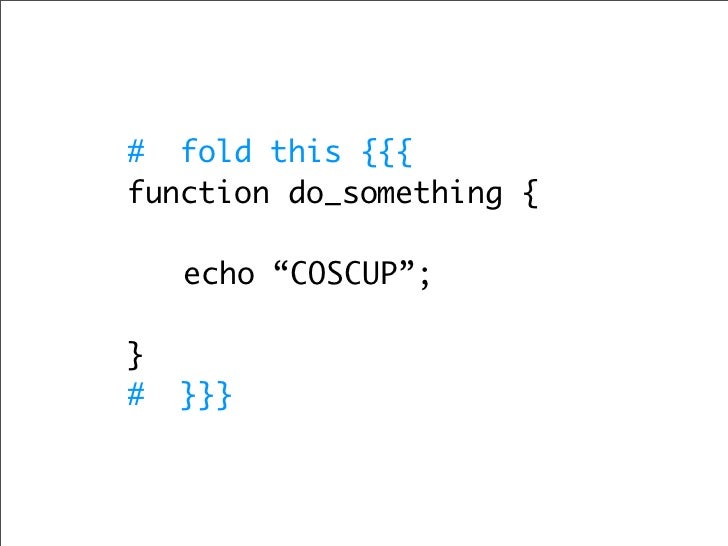
- GRAB GREP PATTERN AFTER A SYMBOL HOW TO
- GRAB GREP PATTERN AFTER A SYMBOL SOFTWARE
- GRAB GREP PATTERN AFTER A SYMBOL LICENSE
- GRAB GREP PATTERN AFTER A SYMBOL FREE
$ cut -f1 addressesħ610 West Park Drive, Hyattsville, MD 20783 If we asked for the first field without specifying a delimiter, we would see entire lines in any file that is not delimited by tabs. The second (delimited by commas) displays all of the text up to the first comma. The first (delimited by blanks) displays the first field. The two command below show different amounts of each line. Just remember that you need to specify the delimiter if the words or strings are not separated by tabs.

You can also use the cut command to select single and multiple words or strings from a file. These are, of course, accounts associated with system services. Notice how many accounts cannot log in because they're assigned the /sbin/nologin shell. To count how many accounts use each of the shells, use a command like this: $ cut -d: -f 7 /etc/passwd | sort | uniq -c The command above selects the 1st and 7th fields. To select to see both login names and assigned shells, try this: To specify a different delimiter, you could add the -d option and use a command like this one, which pulls usernames from the /etc/passwd file: $ cut -d: -f 1 /etc/passwd | head -10 The string -f1-4 would display the first four fields in the file: $ cut -f1-4 cities | head -5 Since the tab character is the default delimiter for the cut command, it easily extracts these fields. To add the city names to your selection, you would select the 2nd and 4th fields. To select a particular field from this file, you might use a command like this that shows the 4th field: The lines in this file look something like what is shown below: $ head -5 cities To illustrate how the cut command works, we'll first run commands using a sample "cities" file that contains details of the largest cities in the US in a tab-separated format. Ihnat, David MacKenzie, and Jim Meyering. There is NO WARRANTY, to the extent permitted by law.
GRAB GREP PATTERN AFTER A SYMBOL FREE
This is free software: you are free to change and redistribute it.
GRAB GREP PATTERN AFTER A SYMBOL LICENSE
License GPLv3+: GNU GPL version 3 or later.
GRAB GREP PATTERN AFTER A SYMBOL SOFTWARE
To check on cut, you can ask about its version like this: $ cut -versionĬopyright (C) 2020 Free Software Foundation, Inc.

It works something like awk in that it allows you to select only what you want to see from files, enabling you to pull fields (regardless of the delimiter used), characters or bytes. REPLACE: Replaces part of a text string with a different text string.One surprisingly easy command for grabbing a portion of every line in a text file on a Linux system is cut. SUBSTITUTE: Replaces existing text with new text in a string. REGEXREPLACE: Replaces part of a text string with a different text string using regular expressions. REGEXMATCH: Whether a piece of text matches a regular expression. If numbers are used as input, convert them to text using the TEXT function. If a number is desired as the output, try using the VALUE function in conjunction with this function. This function only works with text (not numbers) as input and returns text as output.
GRAB GREP PATTERN AFTER A SYMBOL HOW TO
Google Sheets supports RE2 except Unicode character class matching. Learn more on how to use RE2 expressions.

A capture group is a part of a pattern that can be enclosed in parentheses. It is possible to return multiple results with capture groups. Regular_expression - The first part of text that matches this expression will be returned. Tip: REGEXEXTRACT will return "241" in this example because it returns the first matching case. =REGEXEXTRACT("My favorite number is 241, but my friend's is 17", "\d+") Extracts the first matching substrings according to a regular expression.


 0 kommentar(er)
0 kommentar(er)
